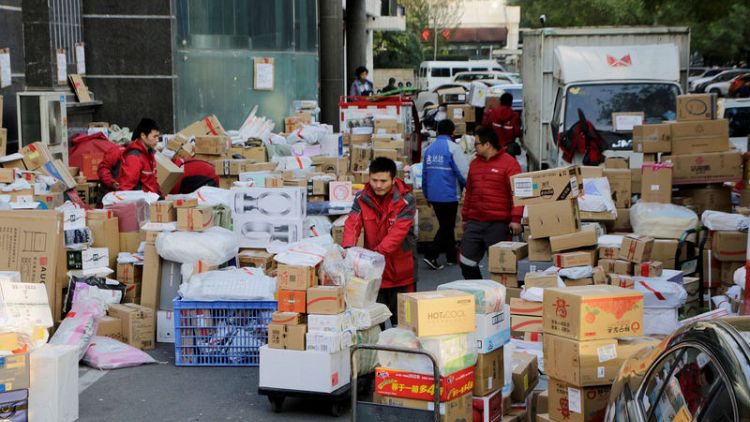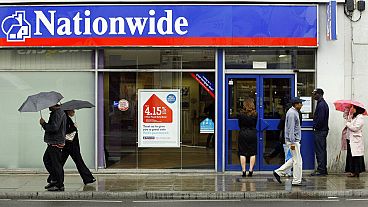SHANGHAI (Reuters) - China's JD.com Inc <JD.O> beat analysts' estimates for quarterly revenue on Friday, boosted by stronger sales in its core e-commerce business, sending its shares up nearly 7% before the bell.
The company attributed the strong results to growth in lower-tier cities, a key area of expansion for China's e-commerce giants as they tap out their existing base of users in China's wealthier regions.
The company's total net revenue rose 28.7% to 134.8 billion yuan (£15 billion) in the third quarter ended Sept. 30. Analysts had expected revenue of 128.6 billion yuan, according to IBES data from Refinitiv.
The company forecast net revenue between 163 billion yuan and 168 billion yuan in the fourth quarter. Analysts had expected revenue of 163.54 billion yuan.
"Customer growth also remained solid, reflecting our commitment to becoming China's top source for quality products at everyday low prices," Chief Financial Officer Sidney Huang said.
Internet companies JD.com and bigger rival Alibaba Group Holding Ltd <BABA.N> are looking at other areas for diversification to deal with slowing growth in domestic e-commerce business, against the backdrop of the ongoing U.S.-China trade tensions.
JD.com has entered new businesses, such as convenience stores and supermarkets and is also investing in AI to improve its logistics and advertising capabilities.
JD has long maintained a rivalry with e-commerce giant Alibaba, though in the past year it has faced an additional competitor in Pinduoduo <PDD.O>.
The two companies, along with Alibaba, are now battling to win over consumers in China's lower-tier cities, where buyers are price-sensitive and the delivery infrastructure is less advanced.
In a research note, Tian X Hou of T.H. Capital said the expansion marked a risk for JD.
"As JD's strength is going into higher-tier cities, JD lacks infrastructure for going into lower-tier cities, including brand awareness and relevant SKUs," she said, referring to stock keeping units.
Just over one year after it listed in New York, Pinduoduo's market cap is now neck-and-neck with that of JD, with both approaching around $50 billion.
Last month Pinduoduo founder Colin Huang, in an internal meeting, reportedly said the company had surpassed JD in gross merchandise volume (GMV), a metric used in the e-commerce sector to measure transaction volumes.
In a statement, JD said there was a "significant gap" in the GMV between the two companies. Pinduoduo declined to comment.
To better target lower-tier cities, JD recently revamped its group buying service under the new name Jingxi, as a standalone app. Like Pinduoduo, the app offers low-priced goods, often through group promotions and direct from manufacturers.
Net service revenue rose 47% to 16 billion yuan in the third quarter. Net product revenue rose nearly 27% to 118.85 billion yuan.
Net income attributable to ordinary shareholders fell to 612.3 million yuan from 3 billion yuan.
(Reporting by Neha Malara in Bengaluru and Josh Horwitz in Shanghai; Editing by Shounak Dasgupta and David Evans)



